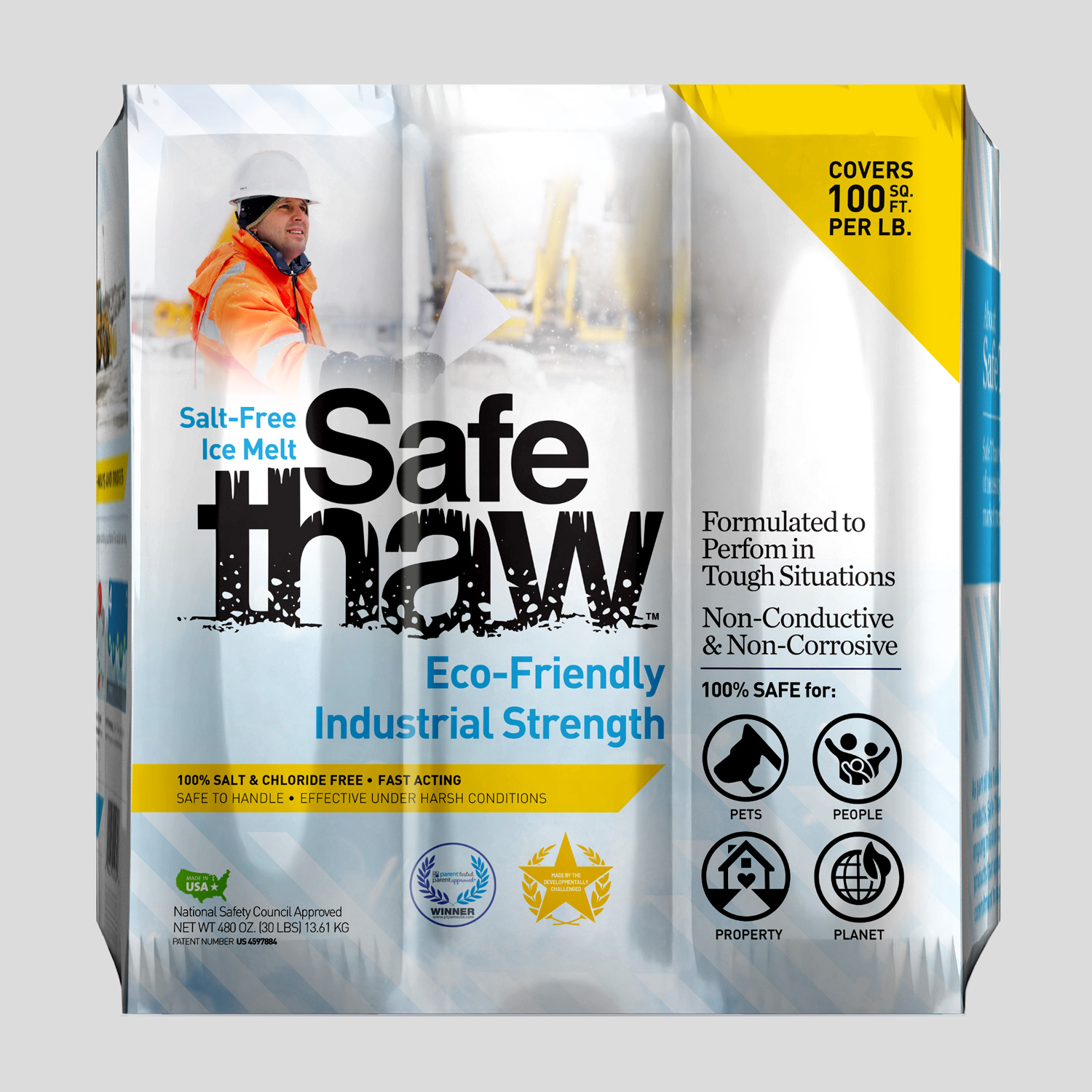The Science And Methods Behind Making Dry Ice

In the realm of cool substances (pun intended!), dry ice undoubtedly ranks high. With its sublimating properties causing misty fogs and dramatic smoky effects, it has captured the fascination of many. But what’s the science behind making dry ice? And what are the methods employed? Let’s delve into the world of carbon dioxide in its solid state.

Safe Thaw
Safe Thaw was created as the ice management solution for tough winter environments. Ideal in commercial and industrial properties, shops, government agencies, bridges, and construction.
Unmasking Dry Ice: What Is It?
Dry ice is essentially carbon dioxide (CO2) in its solid form. Unlike regular ice made from water, dry ice doesn’t melt into a liquid but instead sublimates, turning directly from solid to gas. This sublimation is the primary reason for the intriguing fog-like vapor it releases.
The Production Process Of Dry Ice
- CO2 Gas Collection: The process starts with capturing CO2 gas. This is generally sourced from industrial processes where CO2 is a byproduct.
- Pressurization and Cooling: This gas is then subjected to high pressures and low temperatures. As the pressure increases and the temperature decreases, the gas condenses into a liquid state.
- Solidification: Liquid CO2, when exposed to atmospheric pressure, quickly turns to solid forming what we know as dry ice. This rapid phase transition is usually achieved by releasing liquid CO2 through an expansion valve into a mold or an open chamber.
- Pelletization or Block Formation: The solid CO2 can be pressed into small pellets or larger blocks based on the intended application. While pellets are commonly used for cleaning purposes, blocks are more suited for cooling and freezing.
A Few Applications Of Dry Ice
Dry ice has a plethora of applications, from food storage and shipment to theatrical effects in stage shows. Its super-cooling properties also make it valuable in medical transportation where certain specimens, drugs, or organs must be kept at very low temperatures.
Where Salt Fails, Dry Ice Delivers
Although not directly related to making dry ice, it’s essential to understand where dry ice outperforms traditional solutions, like salt, especially in ice melting scenarios.
- Environmental Impact: Traditional salt methods for melting ice can wreak havoc on the environment. As salt dissolves and runoff occurs, it can seep into the soil, harming plants, and even making its way into freshwater sources. Dry ice, being CO2, leaves no residues and thus doesn’t have the environmental negatives that salt does.
- Corrosion and Damage: Salt is known to cause corrosion to metals and can damage concrete surfaces through repetitive freeze-thaw cycles. With dry ice, these concerns are non-existent.
For Those Winter Worries: Opt For Safe Thaw
While dry ice might seem like a fascinating option for ice melting given its cool properties, there’s a more eco-friendly and practical solution: Safe Thaw. Safe Thaw, a granular ice melt, ensures that driveways and paths remain ice-free without the environmental and structural concerns posed by salt.
Safe Thaw Offers:
- Environmentally Friendly Solutions: Being chemical and toxin-free, Safe Thaw doesn’t pose a threat to the ecosystem or freshwater sources.
- Surface Safety: It ensures the longevity of concrete surfaces by not inducing harmful freeze-thaw cycles.
- Pet-friendly: With no harmful chemicals, pets are safe from potential hazards.
100% salt & chloride-free, fast acting Ice Management Solution
Final Thoughts
The science of making dry ice is undoubtedly fascinating. Its applications are diverse, from creating foggy effects in theaters to super-cooling in the medical field. However, when it comes to managing ice during the winter months, while dry ice is an intriguing concept, solutions like Safe Thaw prove to be more practical, efficient, and environmentally conscious. After all, when nature throws its icy challenges, it’s always best to have a green solution in hand.
Try Also Our Other Winter Safety Products:
Safe Paw
The Original and #1 Selling Pet and Child Safe Ice Melt for over 20 years. Guaranteed environmentally safe –It won’t harm animals or children, and it won’t damage your property. That’s Safe Paw. Safe Paw can change how winter affects our planet.

Walk On Ice
The handy disposable canister can be taken everywhere, with the same 100% naturally occurring minerals that provide instant traction on ice or snow. Use it on sidewalks, steps, or as an instant traction agent for your car.



